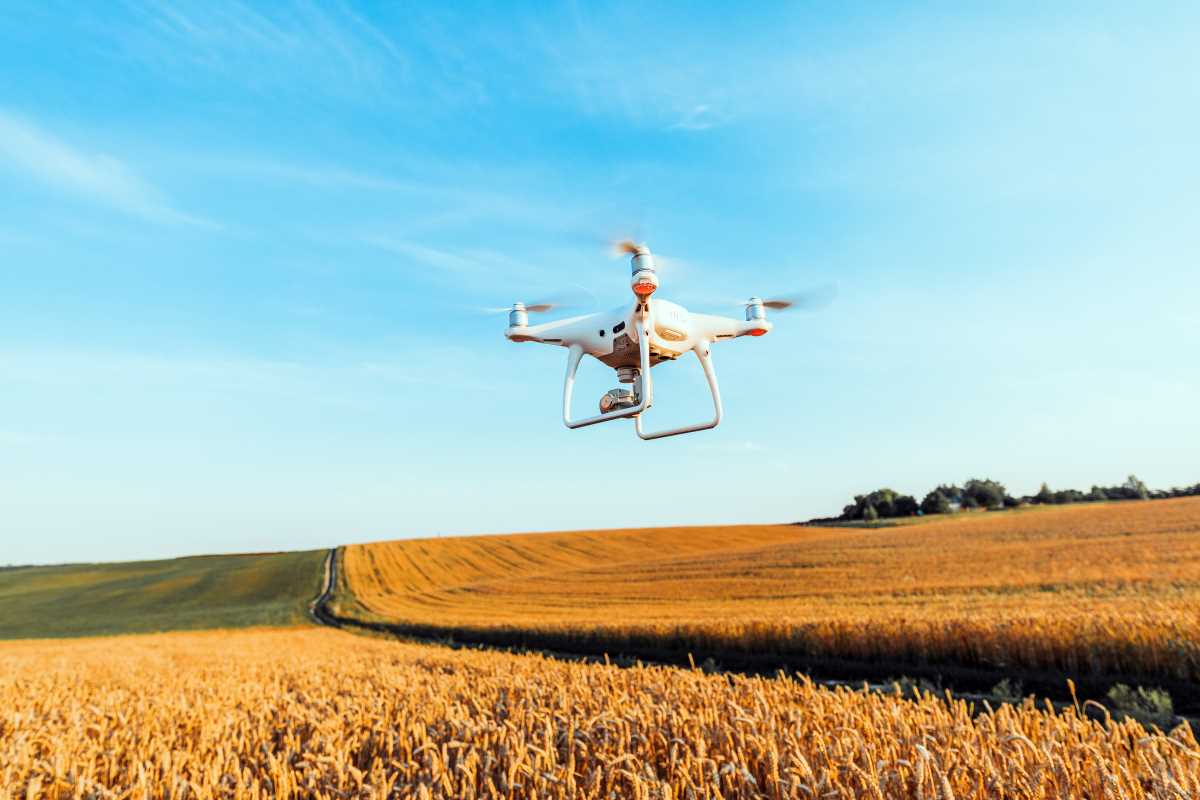The stock market is a dynamic and often unpredictable entity, where countless variables interact to influence prices. For years, analysts and traders have sought to make sense of this complex system, employing everything from statistical models to gut intuition. Today, however, technology is reshaping stock market analysis, with machine learning (ML) taking center stage.
By processing vast amounts of data, recognizing intricate patterns, and making real-time decisions, machine learning has become an invaluable tool for investors aiming to gain a competitive edge.
Machine Learning Meets the Stock Market
Machine learning is a subset of artificial intelligence that enables systems to learn from data and improve over time without being explicitly programmed. Its ability to process and analyze massive datasets at lightning speed makes it particularly well-suited for stock market applications, where information moves in real time and even small delays can lead to missed opportunities.
Key Capabilities of Machine Learning in Finance
Data Processing at Scale
The stock market generates enormous quantities of data daily, including historical prices, trading volumes, economic indicators, and company news. Machine learning algorithms are capable of processing these diverse datasets to uncover trends and relationships that might be invisible to the human eye.
Pattern Recognition
Stock price movements often exhibit recurring patterns. Machine learning models, such as neural networks, excel at identifying these patterns to predict short-term price changes or broader market trends.
Real-Time Decision-Making
Financial markets are time-sensitive, requiring quick reactions to changing conditions. With automated trading systems powered by machine learning, decisions can be made in milliseconds, allowing investors to capitalize on fleeting opportunities.
Applications of Machine Learning in Stock Market Predictions
Machine learning isn’t just a buzzword in financial markets; it’s a powerful tool with practical applications. Below are some of the most significant ways it is being used.
1. Trading Algorithms
One of the most prominent uses of machine learning in stock markets is in algorithmic trading. This involves automated systems that execute trades based on predefined criteria. ML enhances these systems by learning optimal trading strategies from historical data and adapting to changing market conditions.
For instance, hedge funds use machine learning to develop predictive models that forecast intraday price movements. By identifying correlations among various securities, these algorithms can execute trades that maximize returns while minimizing risks. Some well-known firms, like Renaissance Technologies, have successfully leveraged algorithmic trading powered by machine learning to outperform traditional investment strategies.
2. Risk Assessment
Managing risk is critical in financial markets, and machine learning plays a key role here. Risk assessment models trained on historical data can identify factors that may lead to losses. For example, an ML algorithm might flag a portfolio’s over-reliance on volatile assets or predict the impact of geopolitical events on certain sectors.
Banks and financial institutions also use machine learning to assess credit risk. By analyzing borrowers’ financial histories and behavioral patterns, ML models can predict the likelihood of default more accurately than traditional methods.
3. Portfolio Management
Robo-advisors, which rely heavily on machine learning, are revolutionizing portfolio management for individual investors. These digital platforms consider a person’s financial goals, risk tolerance, and investment horizon to create tailored portfolios. They also use ML to continuously rebalance investments based on market conditions.
For example, Wealthfront and Betterment are popular robo-advisors that leverage machine learning to optimize portfolio performance while keeping costs low. These platforms demonstrate how machine learning is democratizing access to sophisticated investment strategies.
Challenges of Using Machine Learning in Stock Market Predictions
While machine learning offers significant advantages, it is not without limitations. Understanding these challenges is crucial for anyone considering its adoption.
1. Data Quality
Machine learning models are only as good as the data they are trained on. Poor-quality data, such as incomplete records or outdated information, can lead to inaccurate predictions. Financial markets are notorious for “noisy” data, where irrelevant or misleading information can obscure meaningful patterns.
2. Market Unpredictability
Despite its capabilities, machine learning cannot eliminate the inherent uncertainty of financial markets. Events like economic crises, natural disasters, or political upheavals can disrupt even the most advanced models. These phenomena, often referred to as “black swan” events, are virtually impossible to predict using historical data.
3. Overfitting
Overfitting is a common problem in machine learning, where models perform exceptionally well on training data but fail to make accurate predictions on new data. For traders, this could mean developing strategies that look profitable in backtesting but fail in live markets.
4. Ethical and Regulatory Concerns
The use of machine learning in stock markets also raises ethical and regulatory questions. For example, high-frequency trading driven by ML algorithms has been criticized for creating market volatility and disadvantaging smaller investors. Regulators are still catching up to these technological advancements, and stricter oversight may be introduced in the future.
The Future of Machine Learning in Stock Market Predictions
The potential of machine learning in the stock market is immense, and its role is expected to grow even further. Here are some trends to watch:
- Integration with Alternative Data: Machine learning models are increasingly incorporating alternative data sources, such as social media sentiment, satellite imagery, and consumer spending patterns. These unconventional datasets provide unique insights that traditional financial metrics may overlook.
- Advancements in Deep Learning: Deep learning, a subset of machine learning, is particularly promising for stock market predictions. Its ability to analyze unstructured data, like news articles and earnings calls, could lead to more accurate forecasting.
- Personalization in Investment Strategies: As machine learning algorithms become more sophisticated, they will enable hyper-personalized investment strategies tailored to individual preferences and life goals.
- Enhancements in Explainability: Current machine learning models often function as “black boxes,” making their decision-making processes difficult to understand. Future advancements could improve explainability, fostering greater trust among investors and regulators.
Machine learning is undeniably reshaping how investors approach stock market analysis and predictions. Its capacity to process vast amounts of data, identify patterns, and make rapid decisions allows it to unlock insights that were previously unattainable. From algorithmic trading to risk assessment, machine learning is enhancing efficiency and accuracy in financial markets.
The future of stock market predictions will likely be a synergy of human expertise and machine intelligence. By leveraging the strengths of both, investors can better navigate the complexities of the financial world and make more informed decisions. The result? A democratized and efficient market where opportunities are plentiful for those willing to adapt and innovate.







